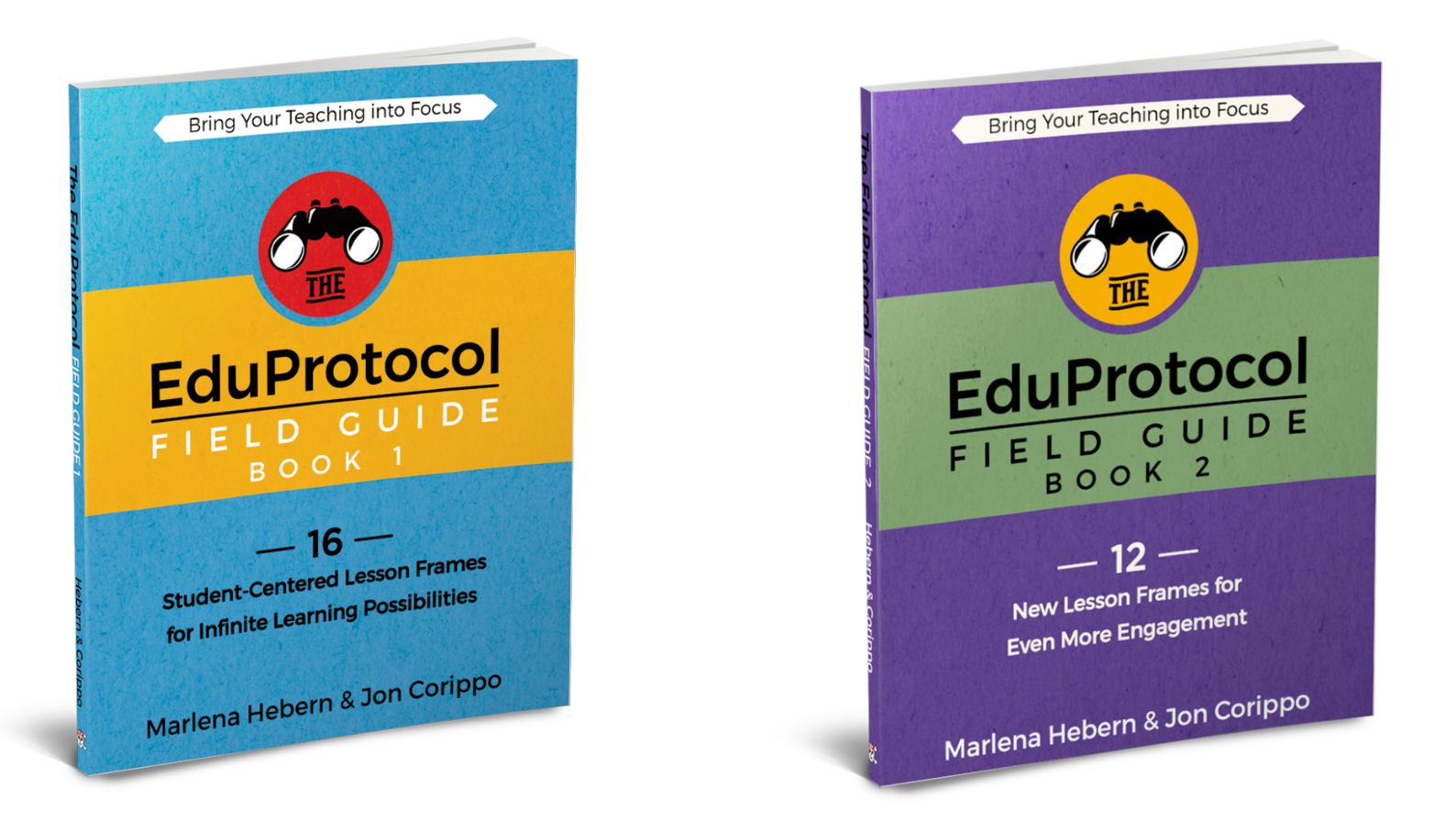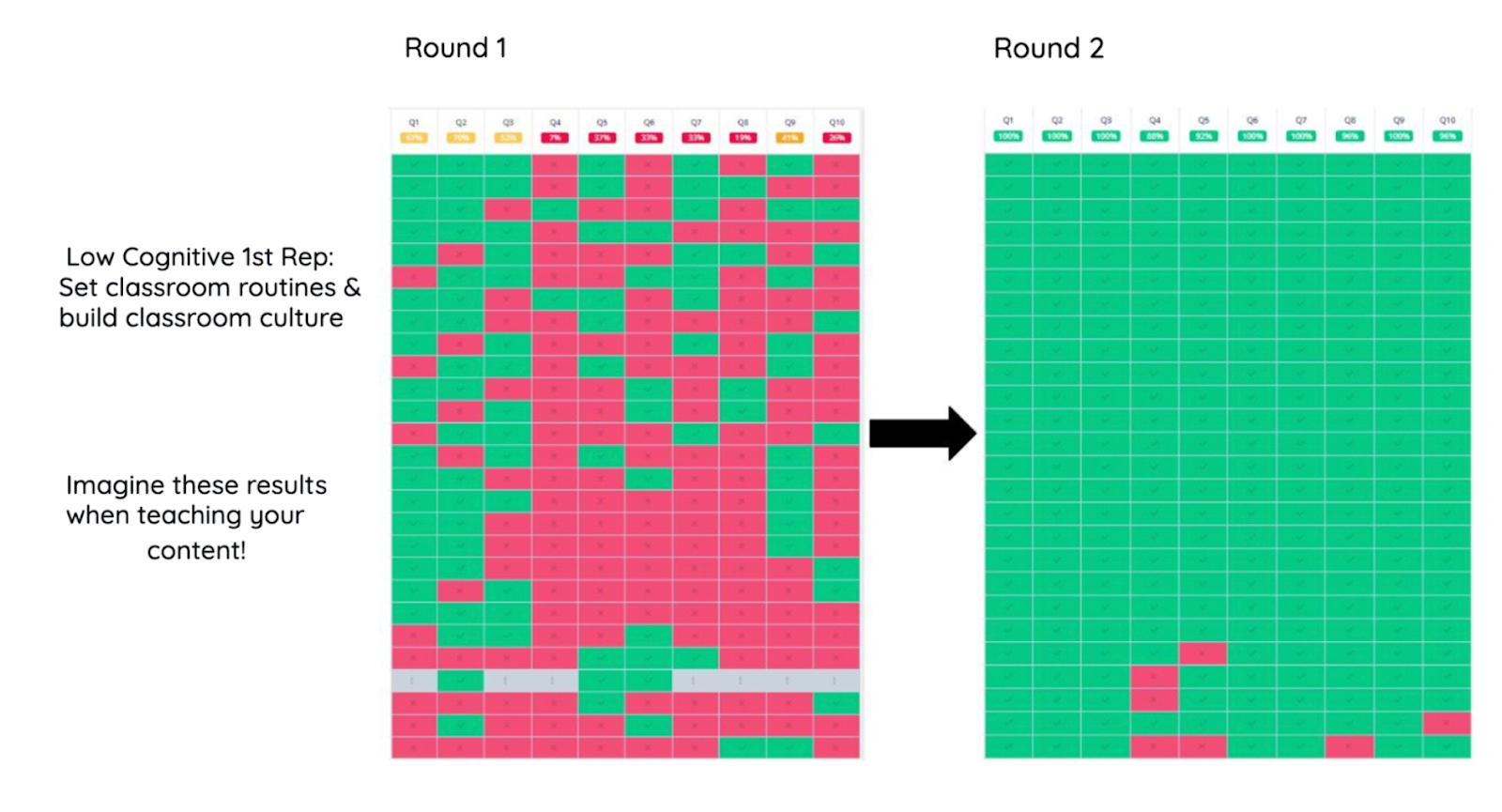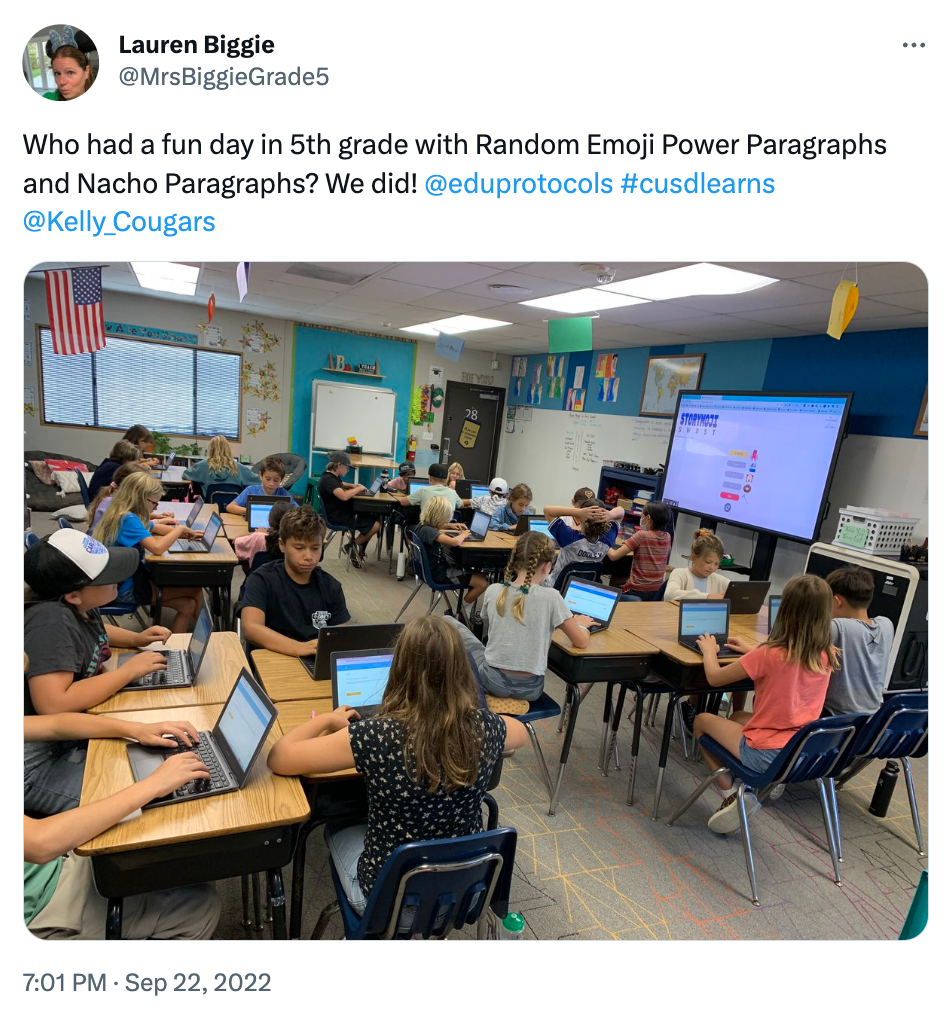
With the power to maximize student growth and minimize teacher workload, it’s no surprise educators worldwide rave about the engaging and adaptive lesson framework found in The EduProtocol Field Guides. Applicable for any grade level or subject area, EduProtocols require little preparation and are easy to begin.
Perhaps the most popular of the dozens of EduProtocols from Jon Corippo’s book, co-authored with Marlena Hebern, is ‘the Fast and the Curious,’ a mini-lesson activity that produces plentiful search results on Twitter and TikTok, (and no, we’re not talking about ‘Fast and Furious’ hits for Vin Diesel!). This academic template is known by teachers to emphasize targeted skill practice, and facilitate high growth percentages.
Introduction to ‘the Fast and the Curious’
True to its name, the Fast and the Curious is best for quick comprehension, level-one depth of knowledge material, (i.e. vocabulary, times tables, etc.) It’s simple to get started:

- Complete one quick formative ‘quiz’ of the material. No teaching needed!
- Review results immediately, provide performance feedback, and address misconceptions for the top 4-5 missed questions.
- Immediately have students reattempt the quiz.
- Repeat steps 1-3 over a five-day period, or until students achieve the desired mastery metric. (Tip: EduProtocols users usually aim for a class average of 92 percent or higher.)
By investing just 15 minutes daily on this process over the course of a week, educators will see how the structured series of questions, coaching, and repetition make the Fast and the Curious an incredibly effective way to motivate students to grow.
‘The Fast and the Curious’ with Quizizz
Given the flexible and accessible nature of an EduProtocol like the Fast and the Curious, it pairs particularly well with a learning platform like Quizizz. Similar to above, here are the steps to get started:

- Search the Quizizz Library containing millions of ready-made, teacher-created materials to use as is or customize, or, create a new Quiz from scratch.
- Take 60 seconds to have students log in to Quizizz to complete one quick formative Quiz.
- Review results, provide performance feedback, and address misconceptions.
- Immediately have students reattempt the quiz.
- Repeat steps 2-4 over a five-day period, or until students achieve the desired mastery metric. (Tip: EduProtocols users usually aim for a class average of 92 percent or higher.)
This process is laid out in even more detail in the 'Elevating EduProtocols' Learning Path on Quizizz University. Along with tracking individual scores, Quizizz monitors class mastery percentages, which are a powerful motivator and community-builder for the class.
Benefits for Students (and Teachers!)
Work Smarter, Not Harder

While it can be tough for some teachers to swap their tried and true playlist of worksheets for new instructional tools and tech, pairing the Fast and the Curious with Quizizz strengthens learning and saves hours of time planning and grading, said Lauren Biggie, fifth grade teacher with Carlsbad Unified School District.
After over a decade in the field, post-pandemic teaching demands pushed Biggie to a breaking point. “I realized, the hours I'm putting in, and the amount of time I'm prepping lessons, this isn't sustainable for me, and it's not working for my family,” she said. “There has to be a better way.”

It was then Biggie turned to EduProtocols using Quizizz, a method she initially heard about at a CUE conference. After modifying her math lessons and ELA vocabulary materials to fit the Fast and the Curious format, this “work smarter, not harder” strategy became a “ginormous lifesaver” for her practice, she said. Best of all, her students thrived as well.
“I'm a believer in giving pre-assessments, exit tickets, and then post-assessments in order to be able to drive instruction and create meaningful lessons,” Biggie explained. “Quizizz and the Fast and the Curious EduProtocol really simplified and gamified that process for me, and I think that it's a really true assessment of what the kids know at that time. Plus they’re excited, and they're ready, and they're moving quickly, and they're paying attention…This application is, for me so far, the best way to celebrate that growth with kids.”
Stronger Student Outcomes
Among the other loyal subscribers to this combination of clever tools and tech is Warren County Public Schools eighth grade social studies teacher, Daniel Bemiss, who presented on the “Build Confidence & Learn From Mistakes with Quizizz + Fast & Curious EduProtocol” webinar. Bemiss told the audience how he made a deal with his students that, if they earn a 95 percent on their vocabulary words by Friday each week, then they won’t receive homework or a quiz.
“Knock on wood,” he said, “but since I’ve been doing this for four or five years, I’ve never given any homework or vocabulary assessments.”
Bemiss is also a Fast and Curious fan due to the ample data provided to inform instruction. “I geek out about the reports,” he said.
By running through students’ responses in real-time, Bemiss explained, teachers can identify common misconceptions and review the necessary material as a mini-lesson while it’s still fresh in their minds. Afterwards, the class can retest for stronger results, which inspired the #AllThatGreen hashtag based on the visual of the newly improved scoreboard.

This type of success isn’t unique to Bemiss’s classroom. Secondary science teacher Ariana Hernandez, another presenter on the “Build Confidence & Learn From Mistakes with Quizizz + Fast & Curious EduProtocol” webinar, said she once saw her Hesperia Unified School District students soar from 54 percent to 97 percent within one week.
“You’re going to watch the class average grow and grow,” Hernandez explained.
Bonus Perks to the Process
Along with growth as a reason to celebrate, this combination of EdTech tools also encourages students to complete their work with fidelity and added effort.
“That's the beauty about this,” Hernandez said. “Nobody's cheating. All week, they're helping each other out, they're rooting for each other, and you're really building that culture…I even had kids tell me — after they took the CAASPP Science Test — they said, ‘We’re so glad you’re our teacher, because that test was easy!’”
Biggie found the same to be true with her students, whose confidence increases each time they see their scores go up. Not to mention, she no longer needs to work weekends. If more free time is on your teacher wishlist, Biggie said, teachers can’t go wrong trying Quizizz with the Fast and the Curious.
“It really has been sensational,” she said. “Not just on a teaching standpoint, but also on a social emotional learning standpoint, and a community-building standpoint.”
Tools for Overall Satisfaction

Getting students genuinely invested in their academic success may be one of the most challenging parts about teaching today. However, the right tools can make a significant impact on the teaching and learning environment, explained the Fast and the Curious co-founder throughout the “Build Confidence & Learn From Mistakes with Quizizz + Fast & Curious EduProtocol” webinar.
"If you're using Quizizz with the Fast & Curious mindset,” said Corippo, “it's not a magic carpet ride, but when it’s well-run by the teacher, it is a great way to give kids the basic skills they need to execute the harder concepts."
Looking for additional resources on EduProtocols with Quizizz? Check these out!
- “Build Confidence & Learn From Mistakes with Quizizz + Fast & Curious EduProtocol” webinar
- 'Elevating EduProtocols' Learning Path on Quizizz University
- ‘Quizizz for EduProtocols’ Solutions Page
- ‘EduProtocols with Quizizz’ Wakelet collection
- ‘EduProtocols (Fast and Curious) w/ Quizizz’ by Dan Bemiss on Quizizz YouTube
















